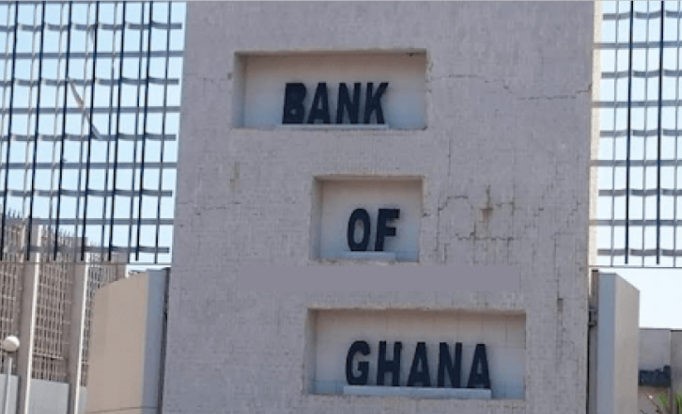The system of the banking sector proves to be generally resilient, having successfully passed the credit risk test, as evidenced in the recent financial stability review conducted by the Bank of Ghana.
According to the Bank of Ghana, “to evaluate the resilience of the financial system, various tail events/shocks were applied to the banking sector using financial and economic data”.
Two key models employed by the Bank of Ghana to run the credit risk test include “the Loan Migration Stress Testing Model” and the “Loan Concentration Stress Testing Model”.
The outcome of the Loan Migration Stress Testing Model revealed that the banking sector in general is resilient to credit risk. This can be attributed to its “large capital buffer,” the Bank of Ghana opined.
“The loan migration analysis stressed banks’ loan portfolio through reclassification of existing loans to indicate a higher degree of loan impairment under the following assumptions:
“The current quarterly growth rate in gross loans persists into the short-term (next one year). The highest quarterly growth rate recorded under each of the non-performing loan categories (substandard, doubtful, and loss) since the year 2008 occurs concurrently”.
“The current provisioning norm is maintained. No loan collateral is considered or deductible from the loan except for cash collateral”.
The proportion of banks that had their Capital Adequacy Ratio (CAR) below 10 percent reduced significantly from 17 percent recorded in December 2018 to settle at 4 percent in December 2019, indicating a decline of approximately 13 percent year-on-year, the Bank of Ghana added.
The Bank of Ghana intimated that the “observed resilience” in December 2019 was because it’s Capital Adequacy Ratio of 20.1 percent was above the level of 16.8 percent realised in December 2018.
However, the loan migration stress test results show that the actual Capital Adequacy Ratio recorded was below its expected baseline level of 19.3 percent and 23.2 percent for December 2018 as well as 2019 respectively.
Applying the Loan Concentration Stress Testing Model, the Bank of Ghana revealed that, should the “single largest borrower of each bank default concurrently, the stressed CAR of the banking industry will stand at 18.6 percent” in December 2019 as compared to 13.3 percent in December 2018.

“The concentration shock assesses the impact of a failure of a bank’s single largest borrower. The scenario evaluates the solvency of banks should their single largest borrower fail to honour their obligation with the exposure migrating to the loss category”.
Similarly, the stressed CAR recorded was also below its expected baseline CAR level of 19.3 percent and 23.2 percent correspondingly for December 2018 and 2019 using the loan concentration model, the Bank of Ghana remarked.
The Bank of Ghana further asserted that “the improvement in the overall performance of the banking sector in the stress test is largely due to positive domestic macroeconomic environment experienced in 2019 and broad gains from the holistic clean-up and recapitalisation exercise in the banking sector. Ongoing reforms and favourable economic prospects are expected to firm up gains”.





















